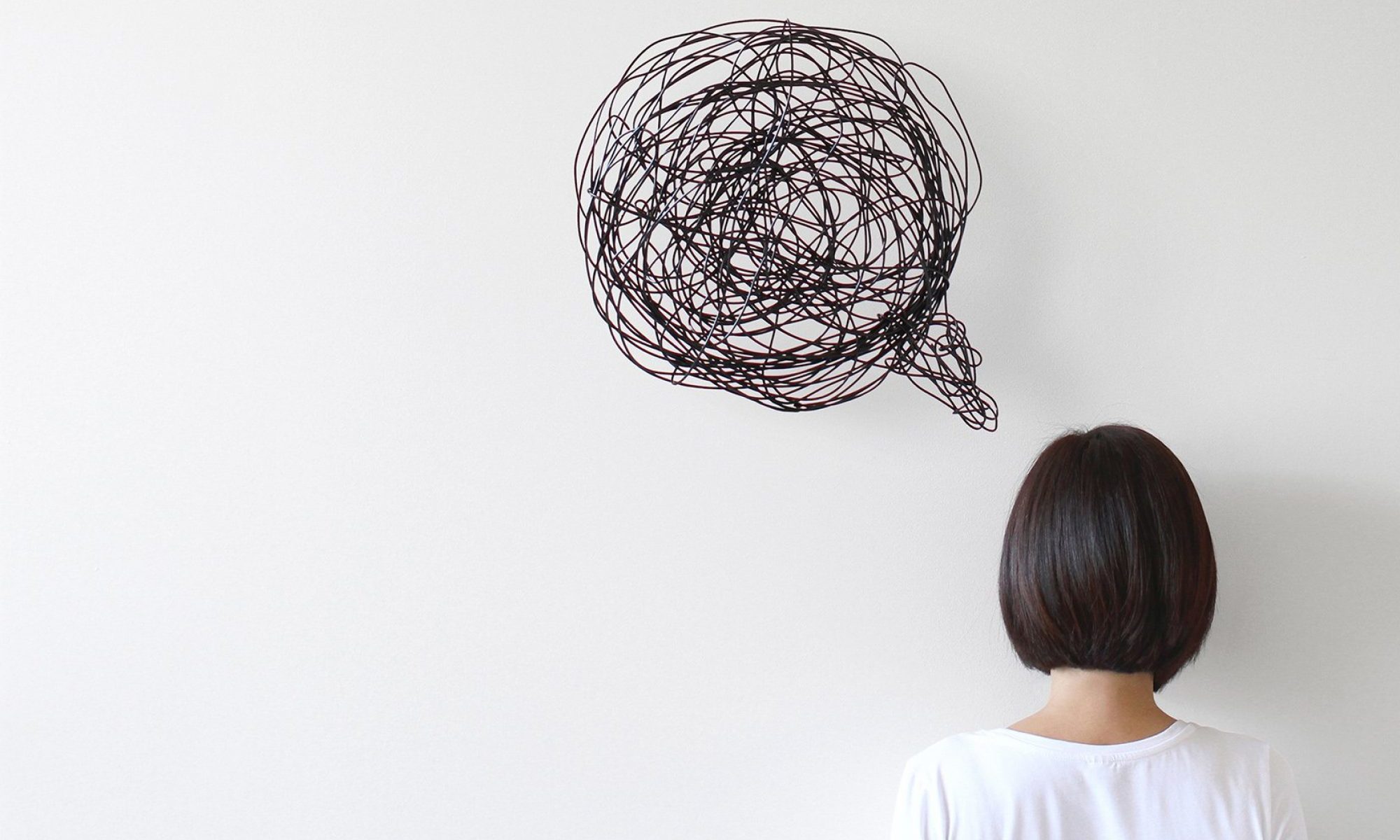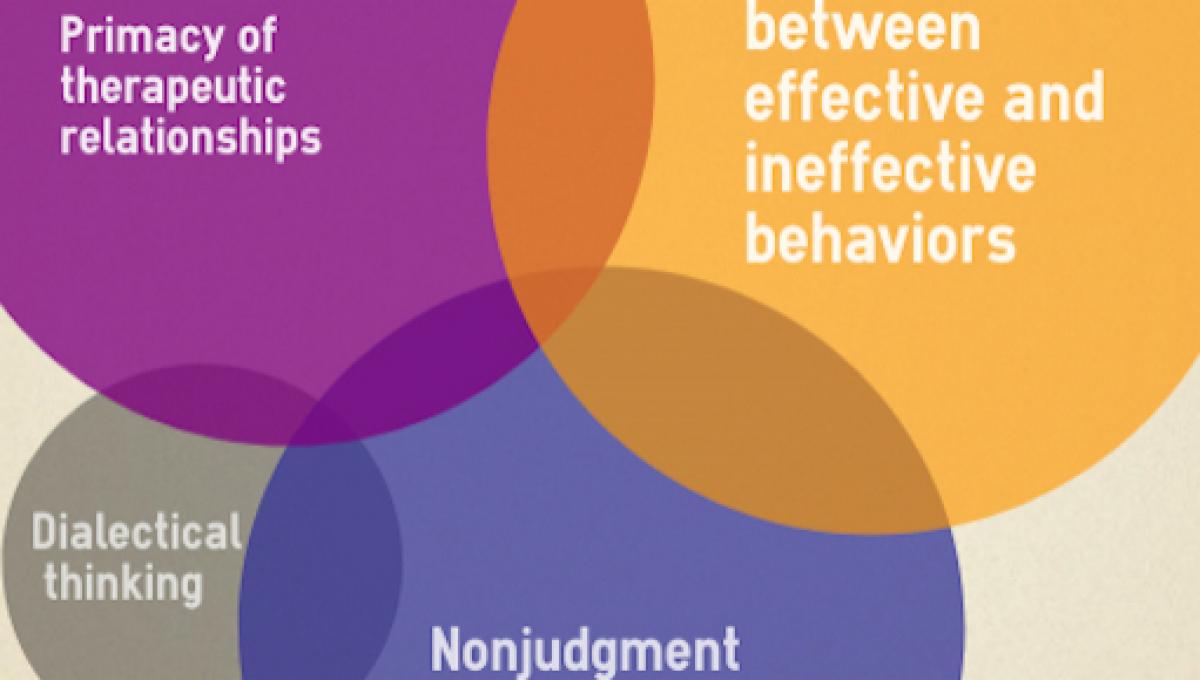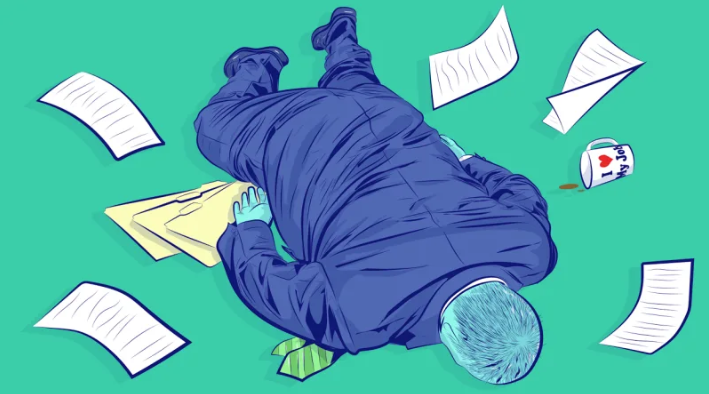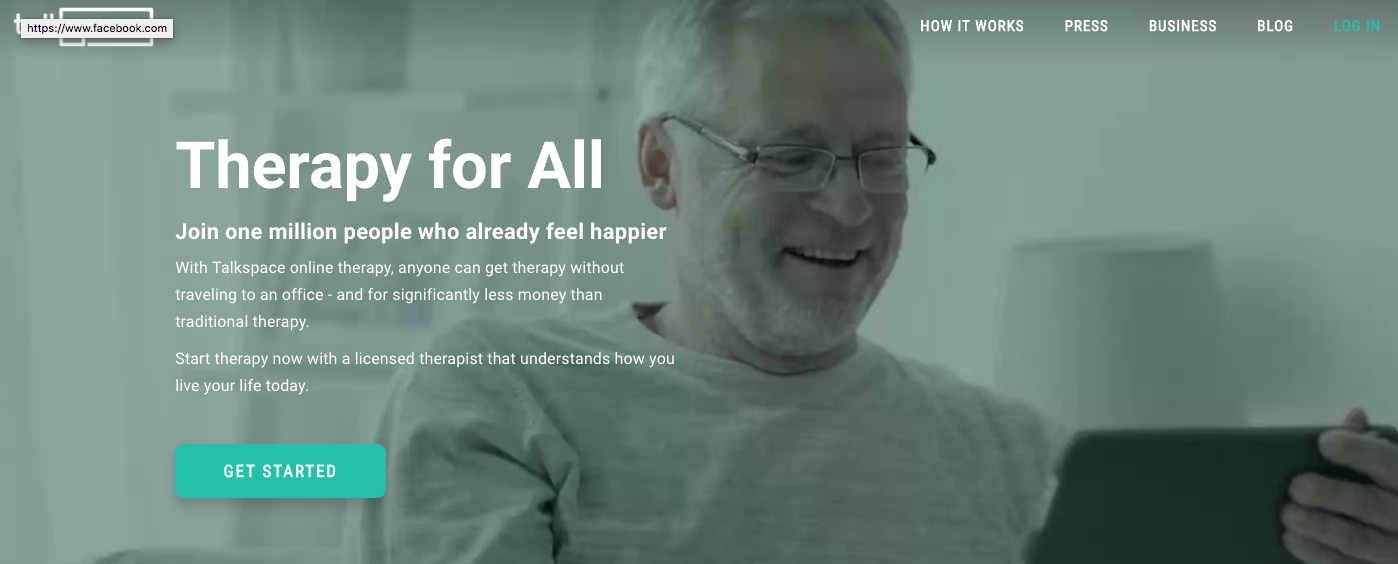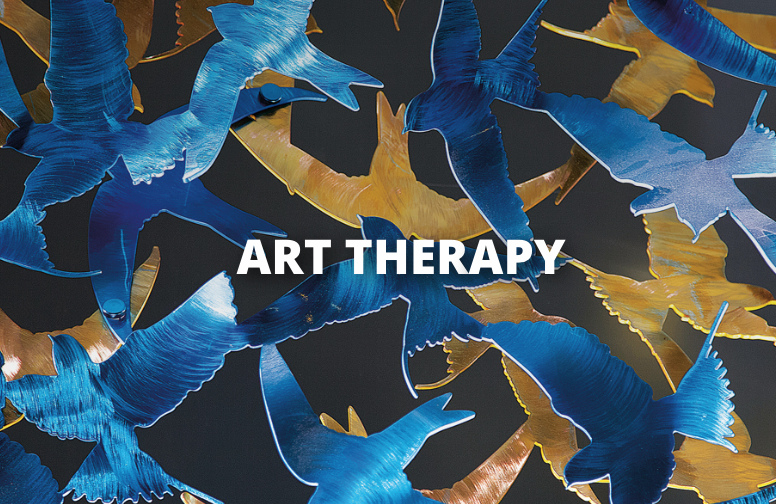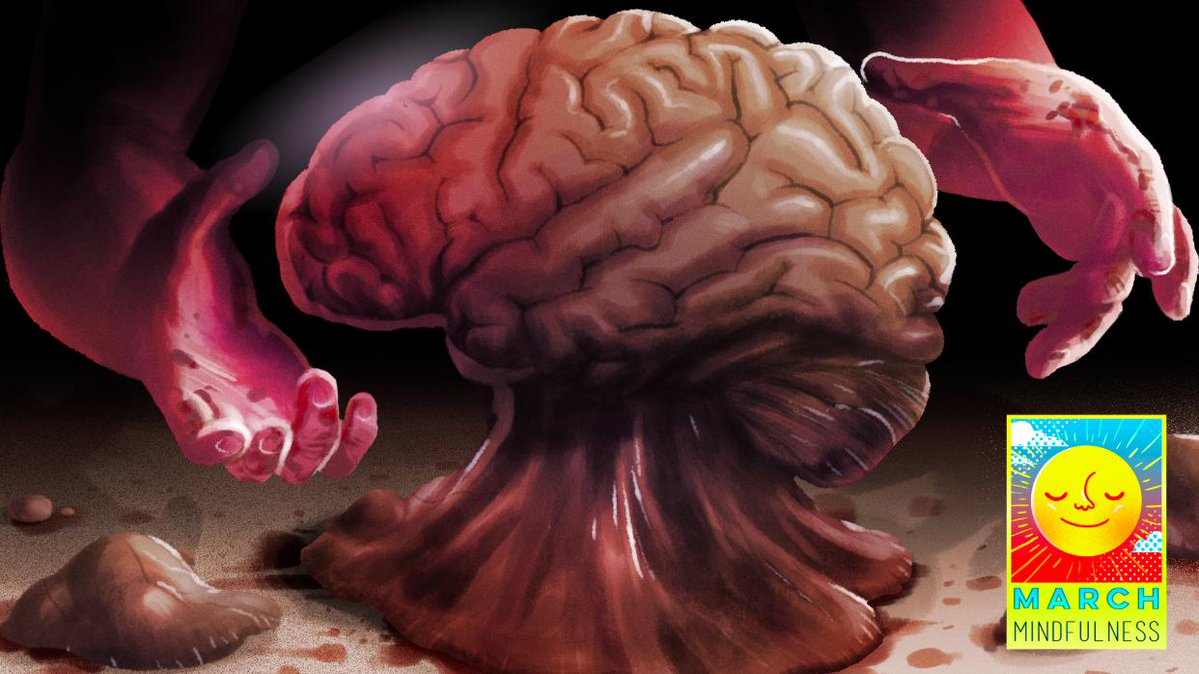Falling is the leading cause of fatal injury among seniors and the greatest safety threat faced by older adults who want to age in place. Avoiding falls and staying safe at home depends on several factors, including environmental modifications, exercise, and regular visits to your doctor. With the right precautions, your life needn’t be dominated by a fear of falling.
Safety adaptations
Seniors should have unimpeded walkways from room to room with no electrical cords, footstools or unsecured rugs in the way. Boxes, plant stands and coffee tables are also tripping hazards, and shoes and clothing should be safely stored away. Railings should be securely installed in stairways and hallways, which should also be well-lit with ambient, non-glare bulbs. Install motion-activated sensors for automatic lighting in the bedroom and darker parts of the house, with night lights in the bedroom, bathroom and hallway.
Bathroom safety
The bathroom is an especially hazardous part of the house for seniors, so make a careful assessment of potential dangers. Place non-slip surfaces in the shower and in front of both the sink and toilet. Safety rails should be firmly anchored into the wall in the shower and next to the toilet. Stepping in and out of a bathtub or shower can drastically increase your chances of falling, so consider installing a zero-entry shower with a chair or bench.
Exercise your core & lower body
Regular exercise is an important addition to your lifestyle, especially because it helps strengthen your core and legs, helping to improve balance. Strength can be improved with easy-to-do exercises that don’t require a gym. Lunges and leg lifts, repeated every day, will make it easier to get around safely and climb stairs without stumbling or falling. Walking, water exercise, tai chi and yoga are also good ways to maintain flexibility, muscle strength and balance. Consult your doctor or physical therapist if you aren’t sure what exercises are best for you.
Medical
visits
Schedule regular visits to your doctor and make your healthcare providers aware of any changes in your condition. Take a full list of prescription and over-the-counter medications to each appointment. Your doctor will need to assess the risk of side effects that medicine interactions may cause. For example, a dizzy spell while in the shower or on the stairs could cause a serious injury. If any medication is making you feel fatigued or disoriented, your physician will need to reassess your medication regimen.
An eye or ear disorder can increase your risk of falling, so be prepared to address such problems with your doctor. Numbness in the feet or legs, joint pain, or shortness of breath can also lead to in-home accidents. Make your doctor aware if you’ve fallen recently, or if you’re feeling unsteady as you move around the house.
Shoes and
assistive devices
Sometimes simply changing to footwear can reduce your risk of falling. High heels or hard shoes with slick soles can lead to an accident on hard flooring, like tile or hardwood, while loose-fitting sandals may cause you to trip on carpeting or a loose rug. Wear sturdy shoes that fit properly, and consider switching to rubber-soled shoes, which may be your best option. Above all, avoid walking around the house in socks or stockings, especially if you have a lot of hardwood, tile or laminate flooring. Talk to your doctor or physical therapist if you require a cane, walker or another type of assistive device to move around.
Aging in
place safely is all about taking precautions. Providing clear walkways, using
safety rails and installing adequate lighting are essential modifications,
especially in the bathroom. Be sensible about footwear and make a point of
exercising every day, especially your lower body.
Image Courtesy of Pixabay.com


